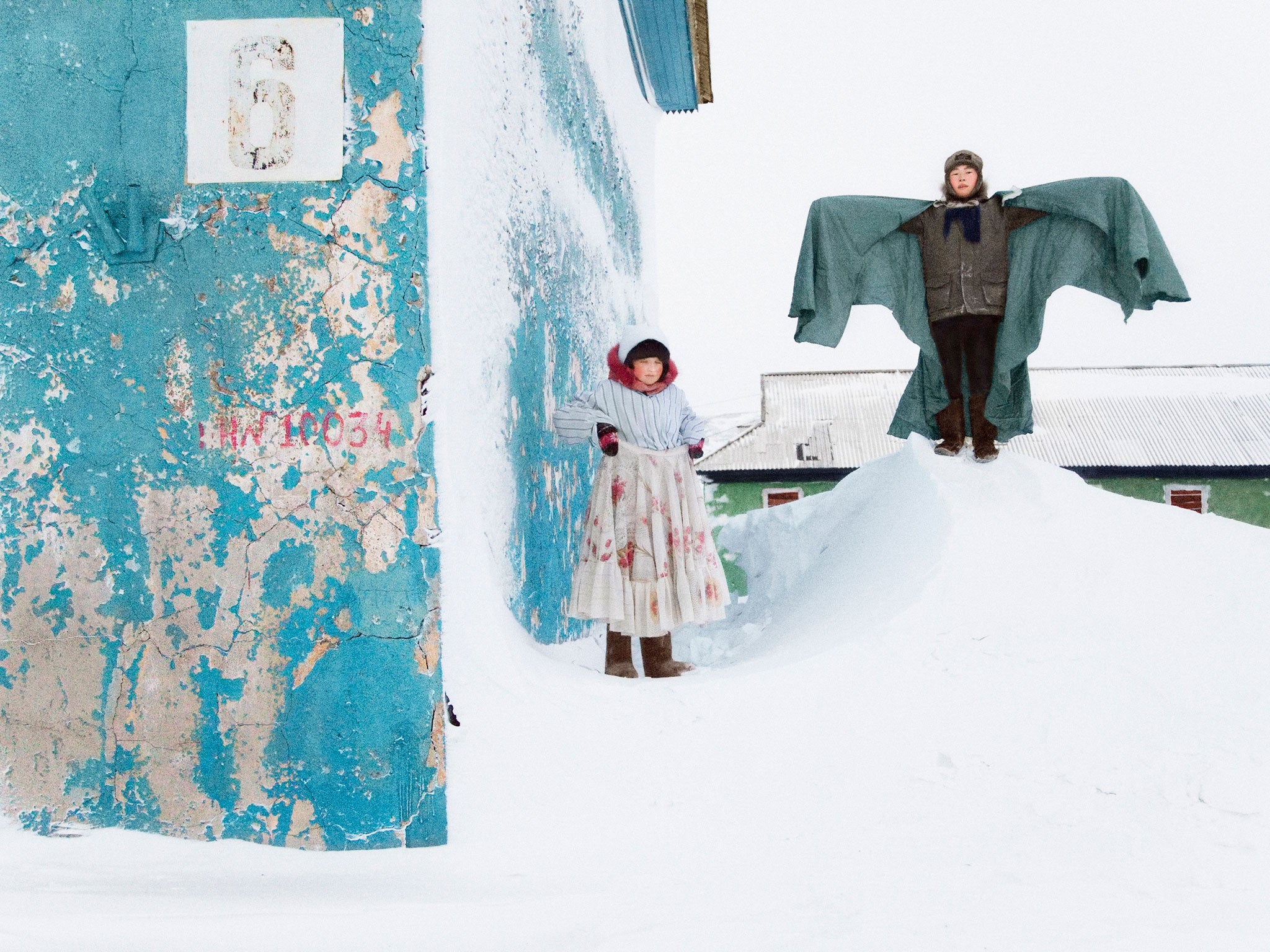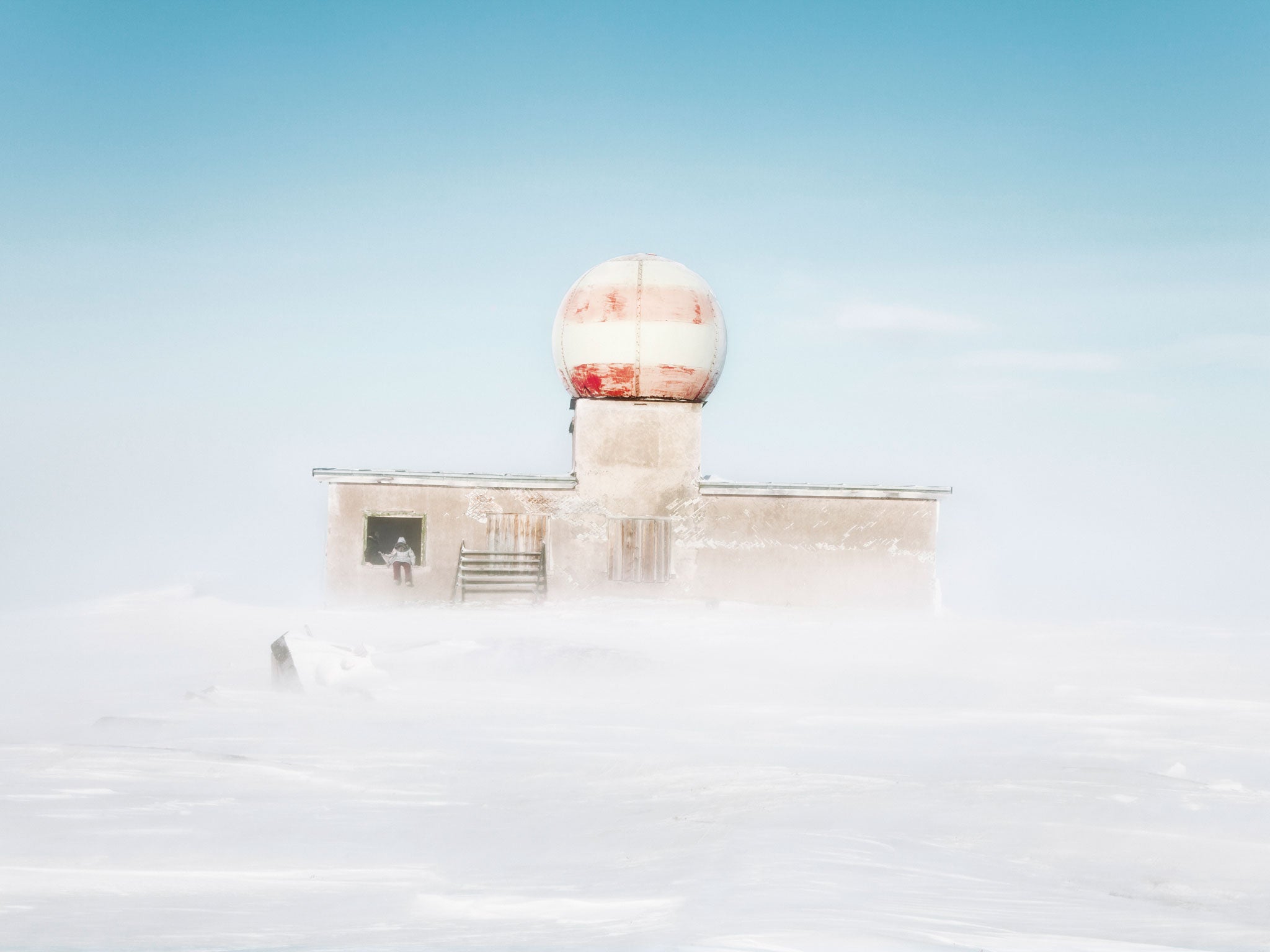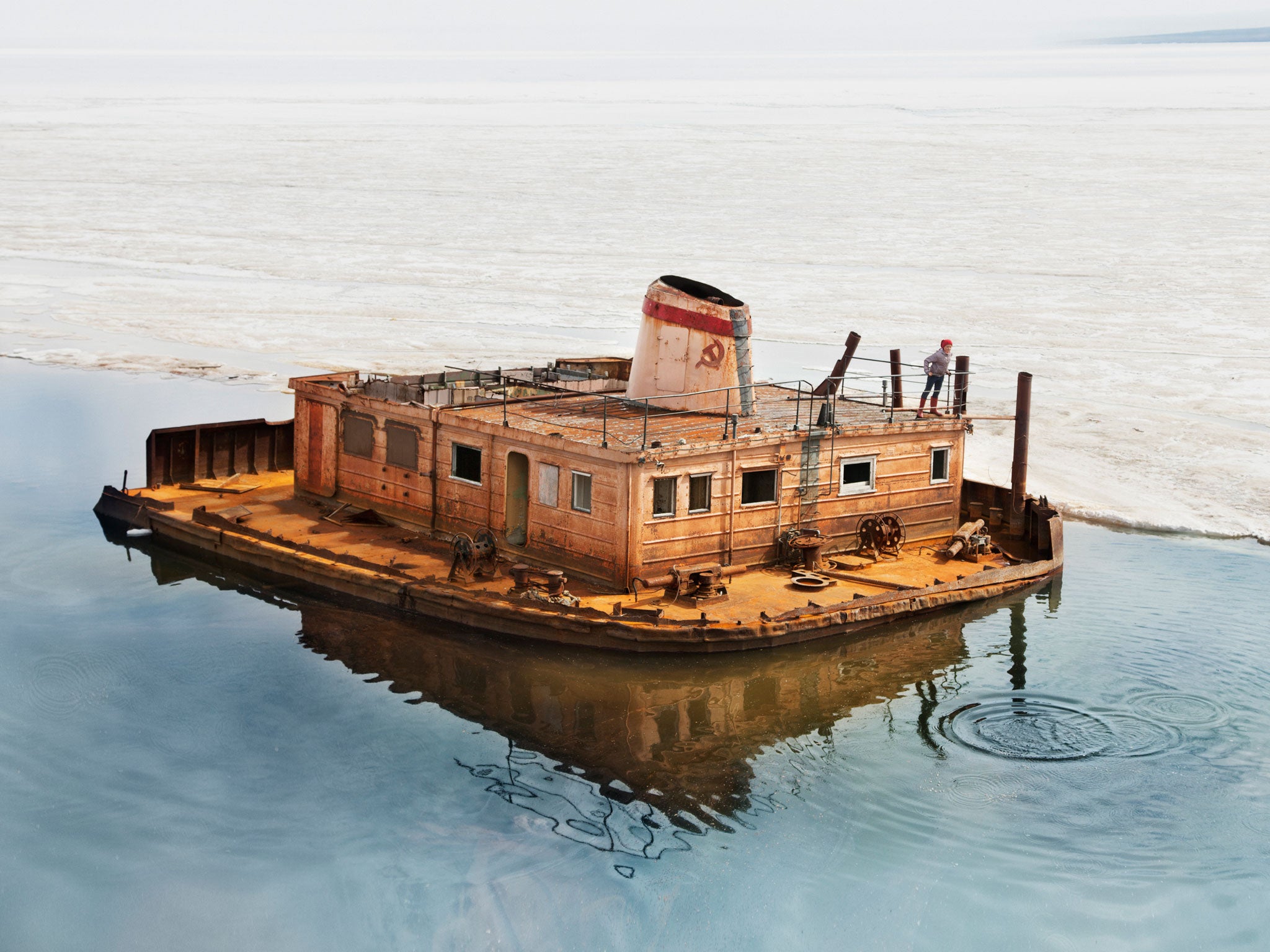Arctic Stories: Photographer Evgenia Arbugaeva returns to her childhood town of Tiksi in Siberia
When Arbugaeva returned to her childhood hometown after two decades away, she was perturbed by the desolation she found - until she struck up a friendship with a young girl

Your support helps us to tell the story
From reproductive rights to climate change to Big Tech, The Independent is on the ground when the story is developing. Whether it's investigating the financials of Elon Musk's pro-Trump PAC or producing our latest documentary, 'The A Word', which shines a light on the American women fighting for reproductive rights, we know how important it is to parse out the facts from the messaging.
At such a critical moment in US history, we need reporters on the ground. Your donation allows us to keep sending journalists to speak to both sides of the story.
The Independent is trusted by Americans across the entire political spectrum. And unlike many other quality news outlets, we choose not to lock Americans out of our reporting and analysis with paywalls. We believe quality journalism should be available to everyone, paid for by those who can afford it.
Your support makes all the difference.A typical impression of Siberia and the Arctic might tend towards blasted landscapes, daunting expanses, frozen tundra. Few would think fairy-tale magic and picture-book nostalgia. Yet Evgenia Arbugaeva would beg to differ, and her photography project "Tiksi", illuminated by sparkling northern sunshine and suffused with the charm of a little girl with pigtails exploring a snowy wonderland, provides her touching evidence.
Tiksi is the town in which Arbugaeva grew up, on the shore of the Laptev Sea, which feeds into the Arctic Ocean, and which was then home to a USSR military base, an Arctic research outpost and a major seaport.
When she was eight, her family, like many locals, moved to the larger city of Yakutsk, a two-and-a-half-hour flight south. "We moved after perestroika in 1991," she explains. "There was a massive migration from the town at that time, as the state stopped supporting its northern projects. People saw no future in Tiksi."

Arbugaeva found the move painful, missing the "seemingly never-ending tundra, wind so strong that it could pick you up and take you to faraway places, snowstorms, and the outer-space feel of polar night". Such early memories burn bright. She has since travelled extensively as a photographer, but says nowhere has quite matched her memory of Tiksi. "As often happens, childhood memories began to transform into some surreal images," she says. "I wondered whether this place really exists as I remembered it; 19 years later, I decided to come back to find out."
Such returns are seldom easy, and Arbugaeva was saddened by what she found. She hardly recognised the now-rundown town, which k seemed "nearly abandoned… the bright colours of houses faded, windows boarded, ships left rusting in sea water". The population had dwindled from the 12,000 of her childhood to about a third of that number.
She took some photos, but was disheartened by the project – until, back in her new home of New York, she was struck by one image of a little girl skimming stones into the sea. "I couldn't stop gazing at it. I was wondering, how is life in Tiksi for her, does she see the magic of it as I used to?"
So Arbugaeva returned to Tiksi. In such a small town, the girl wasn't difficult to find. She was called Tanya Semivelichenko, and she invited the photographer to her 13th birthday party, where the pair "became friends right away. She showed me her collection of children's books, all of them were from the Soviet times, the same ones that I used to have. I spent so much time looking at them that I think their aesthetic influenced the way I was taking photographs – simple central composition, bright colours, each image telling a magical story."

Over the following two years, Arbugaeva repeatedly returned to Tiksi, staying with Tanya's family and photographing the town through her eyes. "Tanya showed me her Tiksi, which was full of imagination and a childish sense of freedom and play. She reminded me what it is like to be a kid." Hence photographs of playgrounds sticking twig-like out of deep snow, or lit so strangely by the green glow of the Northern Lights that they look like something from Button Moon. A rusty old "cemetery of ships" at the port became their "playground, and a set for a Titanic movie".
While shooting is more difficult in frozen conditions – Tiksi rarely rises above 12C, and hits -35C in winter – the gorgeous light makes up for it. "Light is very special in the Arctic," says Arbugaeva. "I think people of the north are generally more observant of the light and colours. When the sun starts to appear in February, it reflects from the snow and clouds, making every colour shine in its full saturation. In the dark months, the Aurora Borealis, moon and stars create all kinds of hues and shades of the snow. Sometimes a camera cannot pick up all the beauty of it – you have to be there to really experience it."
Although the images are now going on display, at the Photographer's Gallery in London, Arbugaeva insists the initial impulse was more personal, even sentimental, than professional. "All I wanted to do was make some postcards for Tanya so that when she grows up she remembers our magical Tiksi, and will know that it really existed."
'Arctic Stories' is at the Photographer's Gallery, London W1 (thephotographersgallery.org.uk), until 16 January
Join our commenting forum
Join thought-provoking conversations, follow other Independent readers and see their replies
Comments